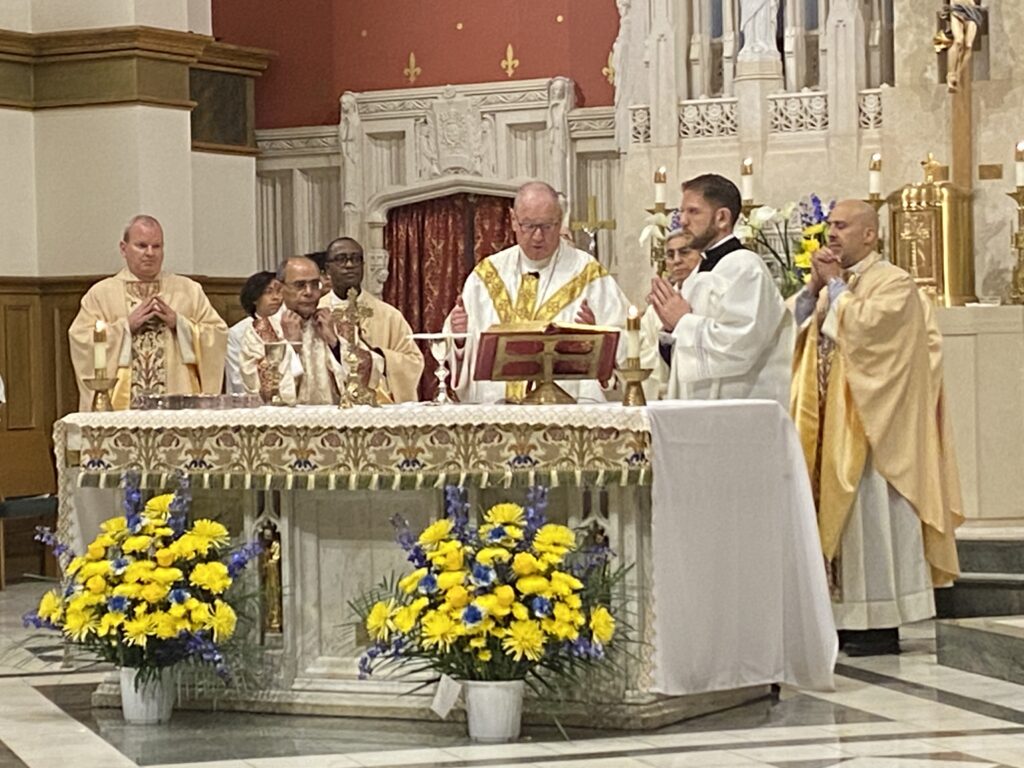
Waugh Revisited: 'The American Epoch in the Catholic Church' after 75 Years
By: Our Sunday Visitor
In a 1949 issue of “Life” magazine, Waugh published “The American Epoch in the Catholic Church”

In 1947, English novelist Evelyn Waugh made the first of his three visits to the United States. The trip was ostensibly to negotiate the film rights to Waugh’s most famous novel, “Brideshead Revisited.” The effort was a monumental failure because, Waugh complained, no one in Hollywood understood the book. He concluded that this was consistent with his general bewilderment about American culture.
After this visit, he wrote perhaps the most wickedly satirical of his long line of such novels, “The Loved One,” a brutally hilarious caricature of Hollywood through the lens of the funeral industry. The novel was the fruit of and proxy for Waugh’s distaste for all things American.
His second visit, in 1948, was significantly more pleasant for Waugh (and his hosts). This time, his purpose was to tour Catholic America, trying to get a sense of the state of the church in the U.S. On this trek, Waugh met with such prominent Catholics as Thomas Merton, Dorothy Day, and novelist J.F. Powers.
The literary product after this journey was more conciliatory and circumspect than the prior. In a 1949 issue of “Life” magazine, Waugh published “The American Epoch in the Catholic Church.” This 75th anniversary year is an opportunity to reintroduce this classic essay, which can be found in a collection of Waugh’s non-fiction “The Essays, Articles and Reviews” (Little Brown & Co., 1984).
The “American Epoch” is a meditation on the paradoxical predicament of the church in the U.S. The Catholic Church is by far the largest single religious organization in the country, but Catholics represent only about 25% of the American population. Moreover, Catholics have been viewed with suspicion in American public life.
These phenomena are related to the relatively late arrival of Catholics to the New World. Beginning in about the middle of the 19th century, large waves of Catholic immigrants started arriving from Europe. Other than (arguably), the Irish, these were predominantly non-English speaking migrants, from Italy, Germany, Poland, and other historically Catholic countries. Thus, Catholics arrived as both linguistic and religious aliens.
And they arrived in a country whose moral and political values are also foreign to a Catholic vision. As Waugh rightly notes, American moral sentiments are shaped by the political theory that forms the United States. America, he explains, “is a child of the late-eighteenth century ‘enlightenment.'” The liberal political theory at the heart of America “has persisted through all the changes of her history and penetrated every part of her life.”
Much of this theory is at tension with Catholic impulses, if not contradictory to them. “The individual qualities that are regarded as … characteristic of Americans,” he explains, “are unsympathetic to the habits of the Church.” These include, among other things, the American “revolt against traditional authority,” a “suspicion of titles … and ceremony,” and the “dislike of dogmas that divide good citizens.” Americans, he continues, “love … the generalities which unite them.”
The result, of course, is that American moral and political culture cuts against the grain of distinctive Catholic theological and moral teaching. If Catholics do not embrace American generalities, they will not be accepted as good citizens. Thus, to be good Americans, we have tended to set aside the particularity of Catholic faith and practice, embracing the “generalities” of American liberalism. Which, of course, means that Catholicism becomes absorbed into Americanism.
Thus, about 100 years after the antebellum immigration wave, Waugh observed that “Catholicism is not something alien and opposed to the American spirit but an essential part of it.” The desire to fit in has led to an “enervating toleration,” by which Catholic distinctiveness is dissolved into American vagueness. “Good citizenship,” he concludes, “has come to mean mere amenability to the demands of the government.” And it is considered the “highest virtue.”
Despite these tendencies, Waugh ends “The American Epoch” on a somewhat hopeful note. Yes, Americanism is corrosive of Catholic witness. The Catholic “knows that the history of the Church is one of conflict.” But, “the Catholic holds certain territories that he can never surrender to the temporal power.” Whether or not those territories had been surrendered in 1949, the 75th anniversary of the essay is an opportune time to revisit his observations as a measure of the present — to ask whether the time has been lost or redeemed.
– – –
Kenneth Craycraft is an associate professor of moral theology at Mount St. Mary’s Seminary and School of Theology in Cincinnati and author of “Citizens Yet Strangers: Living Authentically Catholic in a Divided America” (Our Sunday Visitor, 2024).
By:
Our Sunday Visitor
| 07/18/2025
By:
Steven Schwankert
| 07/18/2025
By:
The Good Newsroom
| 07/18/2025


